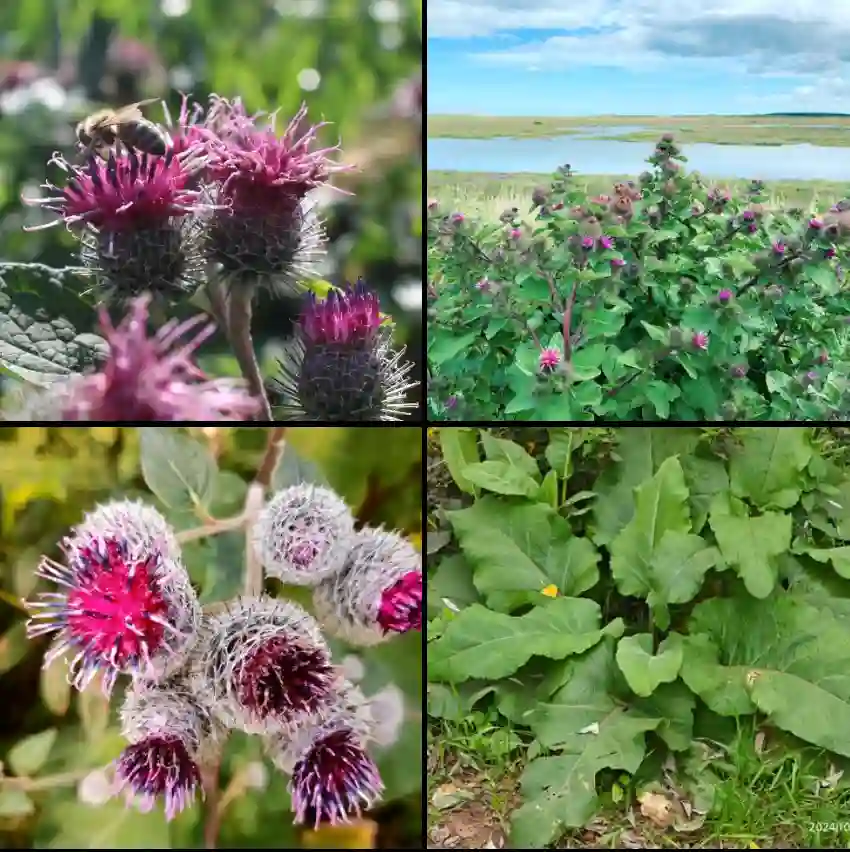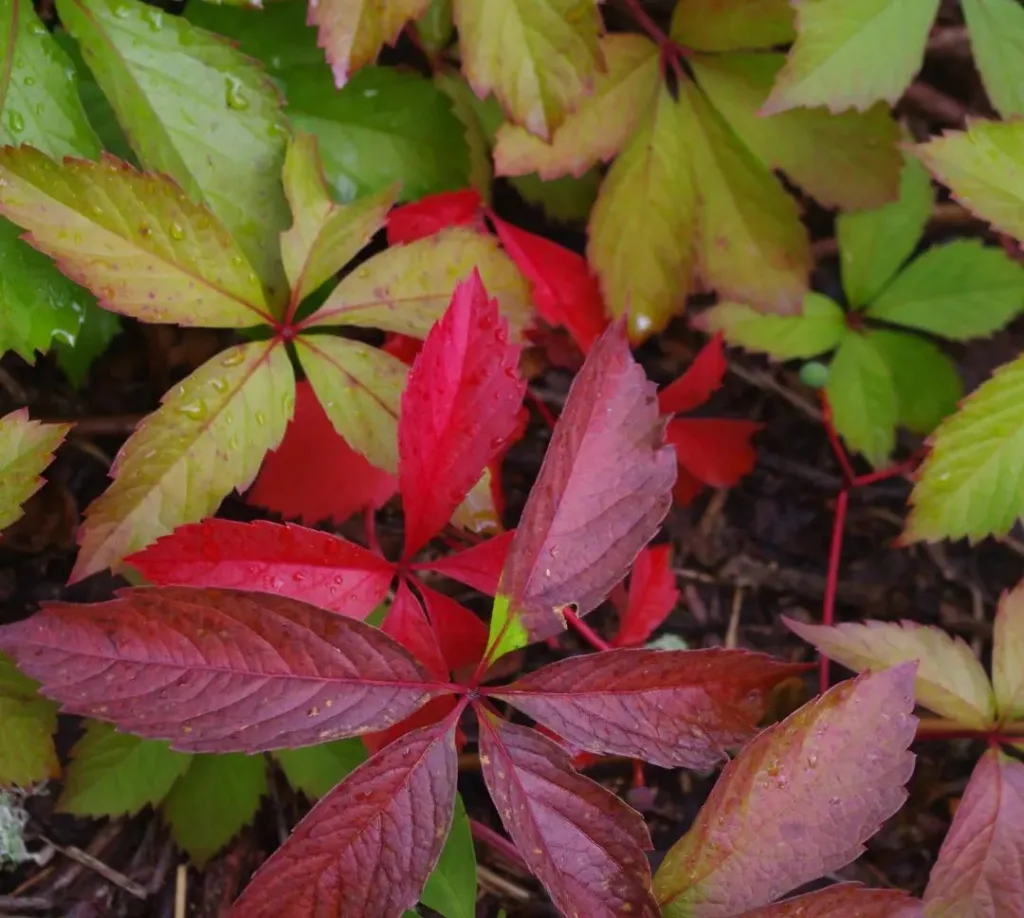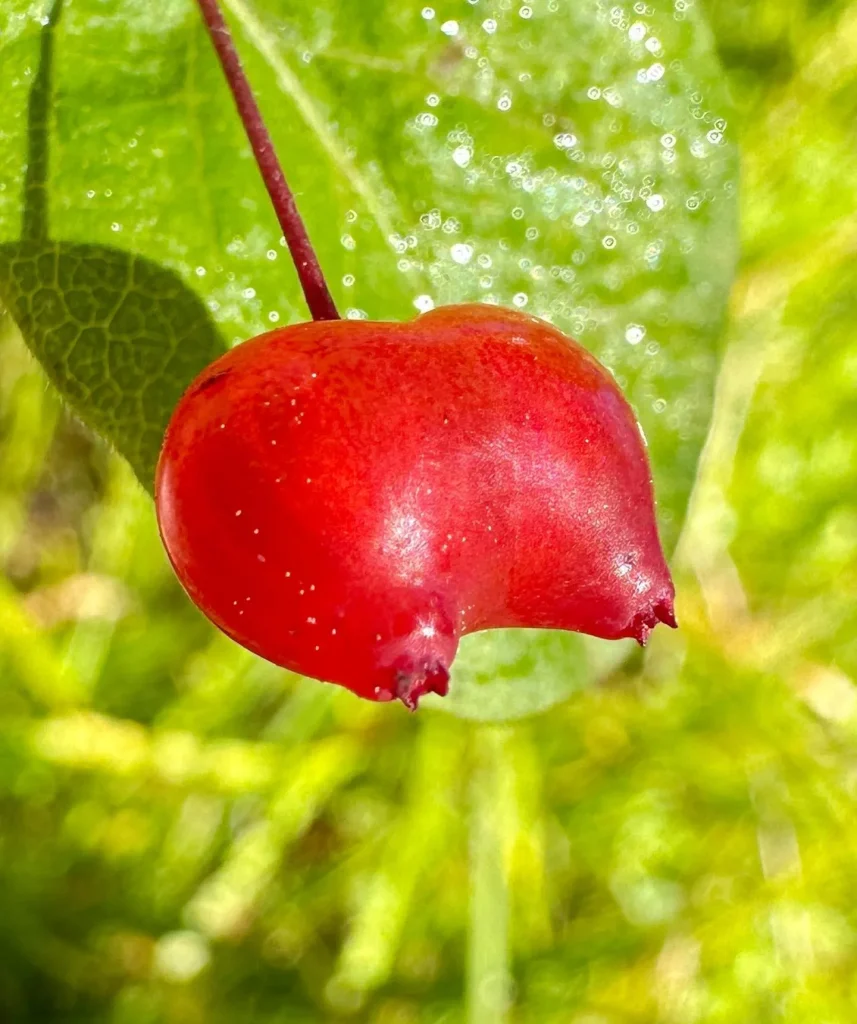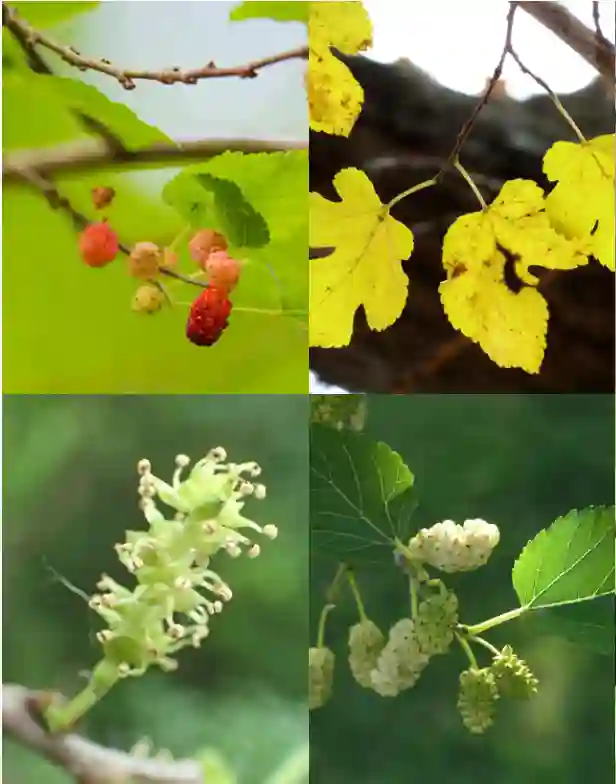Frequently Asked Questions About Plumeria Obtusa
Plumeria Obtusa, commonly known as the Singapore graveyard flower or Great White Frangipani, is a popular flowering plant that graces many tropical and subtropical gardens with its beautiful, fragrant blooms. Native to the Caribbean and Central America, this plant is cherished for its glossy, dark green leaves and clusters of white flowers with a yellow center. As a plant enthusiast, I’ve had the pleasure of growing and learning about Plumeria Obtusa, and I’ve come across several frequently asked questions. Let’s dive into these to better understand this stunning plant.
19 Species in Genus Plumeria
What Is Plumeria Obtusa?
Plumeria Obtusa is a small, deciduous tree that typically grows up to 10-15 feet tall. It is well-known for its fragrant, five-petaled white flowers with a distinct yellow center, which bloom from spring to fall. The plant’s dark green, rounded leaves are another distinguishing feature. Unlike other Plumeria species, Plumeria Obtusa has broader leaves with rounded tips, giving it a unique appearance.
How to Care for Plumeria Obtusa?
Caring for Plumeria Obtusa is relatively straightforward, making it a favorite among garden enthusiasts. Here are some tips to ensure your plant thrives:
- Light Requirements: Plumeria Obtusa loves sunlight and should be placed in a spot where it receives at least six hours of direct sunlight daily. If grown indoors, ensure it’s near a sunny window.
- Watering: The plant prefers well-drained soil and should be watered deeply but infrequently. Allow the soil to dry out between waterings to prevent root rot. During the winter, reduce watering as the plant goes dormant.
- Soil: Use a well-draining soil mix, preferably sandy or loamy soil. Adding perlite or coarse sand can improve drainage.
- Fertilizing: Feed the plant with a balanced fertilizer during the growing season (spring and summer). A fertilizer high in phosphorus will promote blooming.
- Pruning: Prune Plumeria Obtusa in late winter or early spring to shape the plant and remove any dead or diseased branches.
How to Propagate Plumeria Obtusa?
Propagating Plumeria Obtusa is relatively easy and can be done through cuttings. Here’s how:
- Choose a Healthy Stem: Select a healthy, mature stem that is about 12-18 inches long.
- Cut the Stem: Using a clean, sharp knife or pruning shears, cut the stem at a 45-degree angle. Remove any leaves from the bottom half of the cutting.
- Let It Dry: Allow the cutting to dry for a few days in a shaded area. This helps prevent rot when planted.
- Plant the Cutting: Once the cut end has dried, plant the cutting in a pot with well-draining soil. Water it lightly and place it in a sunny spot.
- Care for the Cutting: Water the cutting sparingly until roots develop. Once rooted, care for it as you would a mature Plumeria Obtusa.
Can You Grow Plumeria Obtusa Indoors?
Yes, Plumeria Obtusa can be grown indoors, but it requires plenty of sunlight. Place the plant near a south-facing window to ensure it gets enough light. Indoor Plumeria Obtusa also needs good air circulation, so avoid placing it in cramped spaces. During the winter, you may need to supplement natural light with grow lights to maintain its health.
Is Plumeria Obtusa Toxic?
Plumeria Obtusa contains a milky sap that can cause skin irritation or allergic reactions in some individuals. Ingesting any part of the plant can cause stomach upset. Keep the plant out of reach of children and pets to prevent accidental ingestion.
Benefits of Growing Plumeria Obtusa
Growing Plumeria Obtusa comes with several benefits:
- Aesthetic Appeal: Its beautiful, fragrant flowers add a tropical feel to gardens and landscapes.
- Low Maintenance: Once established, Plumeria Obtusa is relatively low maintenance, making it ideal for both novice and experienced gardeners.
- Fragrance: The plant’s flowers emit a pleasant, sweet fragrance that can enhance the ambiance of any garden.
Common Problems with Plumeria Obtusa
Like any plant, Plumeria Obtusa can face issues:
- Root Rot: Overwatering can lead to root rot. Ensure the soil drains well and let it dry out between waterings.
- Pests: Aphids, mealybugs, and spider mites can infest the plant. Regularly inspect the plant and use insecticidal soap if needed.
- Yellow Leaves: This can be a sign of overwatering or nutrient deficiency. Adjust watering habits and consider feeding the plant with a balanced fertilizer.
Plumeria Obtusa vs. Plumeria Alba
Plumeria Obtusa and Plumeria Alba are often confused due to their similar appearance. However, there are key differences:
- Leaves: Plumeria Obtusa has broader, rounded leaves, whereas Plumeria Alba has narrower, elongated leaves.
- Flowers: Both have white flowers with a yellow center, but Plumeria Obtusa’s flowers are typically more rounded.
- Growth Habit: Plumeria Obtusa tends to grow more compact, while Plumeria Alba can grow taller.
Plumeria Obtusa vs. Plumeria Rubra
Another common comparison is between Plumeria Obtusa and Plumeria Rubra:
- Flower Color: Plumeria Obtusa primarily has white flowers, while Plumeria Rubra boasts a variety of colors, including pink, red, and yellow.
- Leaf Shape: Plumeria Obtusa has rounded leaves, whereas Plumeria Rubra has pointed, more elongated leaves.
- Fragrance: Both have fragrant flowers, but the scent of Plumeria Rubra is often stronger and more varied depending on the color variety.
Plumeria Obtusa vs. Caesalpinia Granadillo
Plumeria Obtusa and Caesalpinia Granadillo are two distinct plants, often compared due to their tropical appeal:
- Plant Type: Plumeria Obtusa is a flowering tree, while Caesalpinia Granadillo is a flowering shrub or small tree.
- Flowers: Plumeria Obtusa has large, white flowers with a yellow center, while Caesalpinia Granadillo has smaller, bright yellow flowers.
- Uses: Plumeria Obtusa is often used for ornamental purposes in gardens, while Caesalpinia Granadillo is known for its use in landscaping and as a privacy hedge.
What to Plant with Plumeria Obtusa?
Plumeria Obtusa pairs well with other tropical plants that thrive in similar conditions. Consider planting it alongside:
- Hibiscus: Both enjoy full sun and create a vibrant, tropical garden.
- Bougainvillea: This combination adds a variety of colors and textures.
- Bird of Paradise: Another sun-loving plant that complements Plumeria Obtusa’s tropical vibe.
In summary, Plumeria Obtusa is a versatile and beautiful plant that can add fragrance and elegance to any garden. Whether you’re comparing it with other Plumeria species or different tropical plants, understanding its care needs and characteristics will help you make the most of this delightful addition to your garden.
If i die, water my plants!



